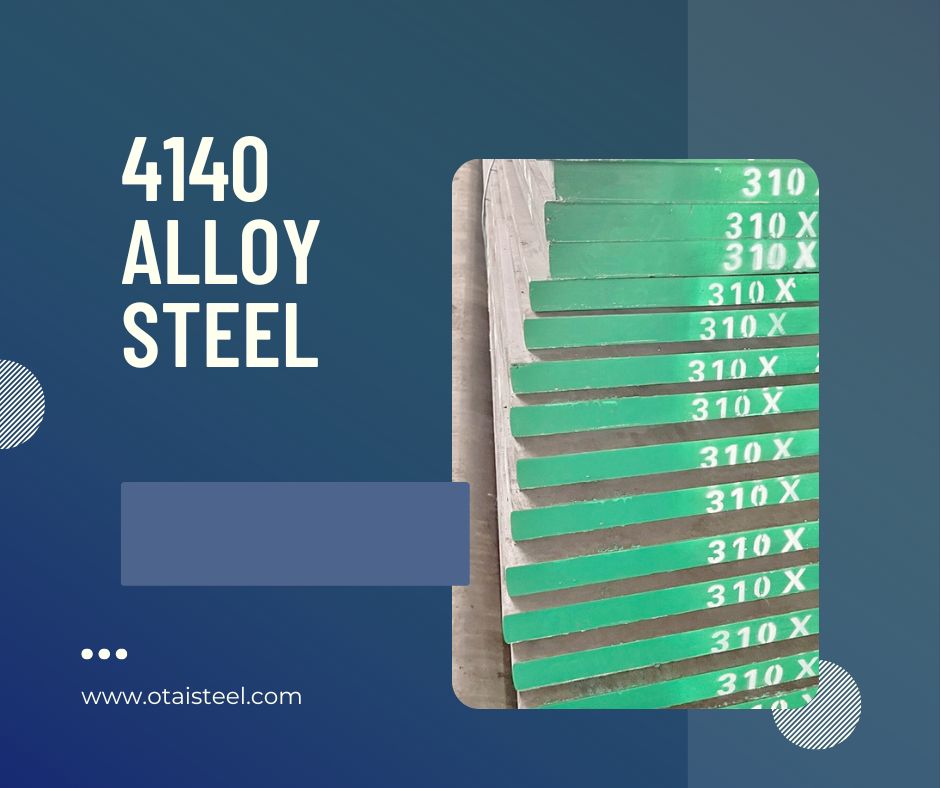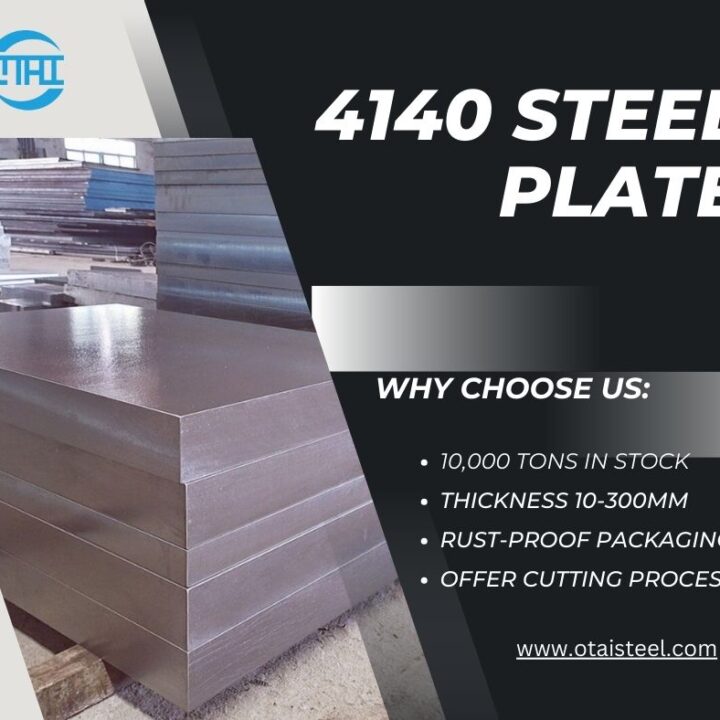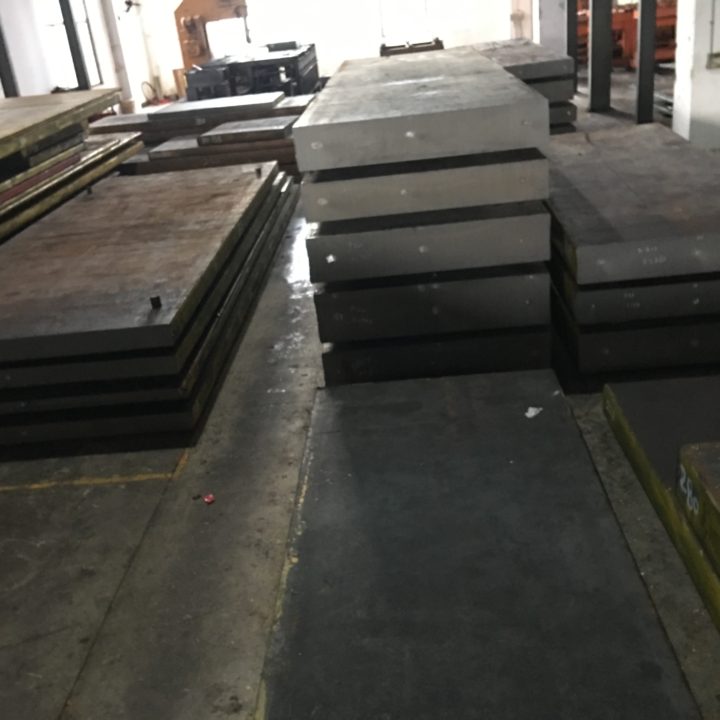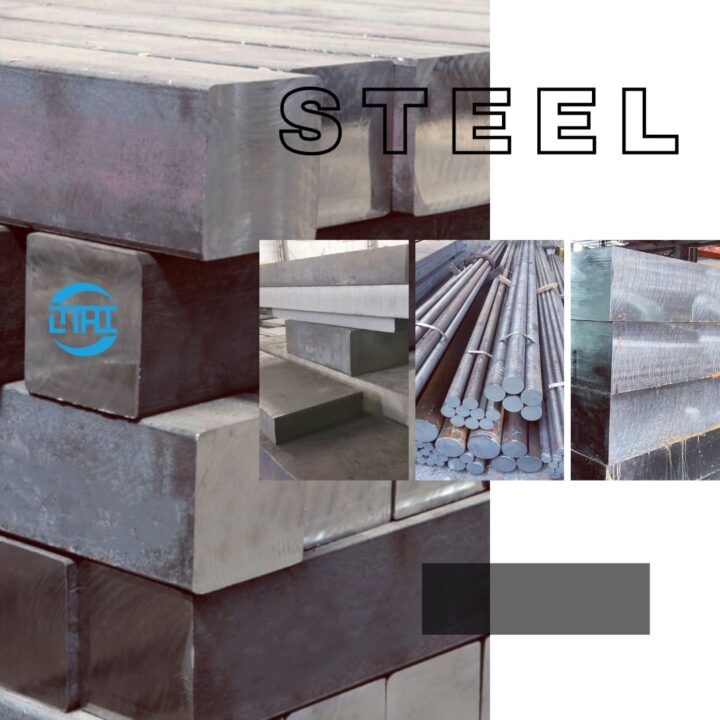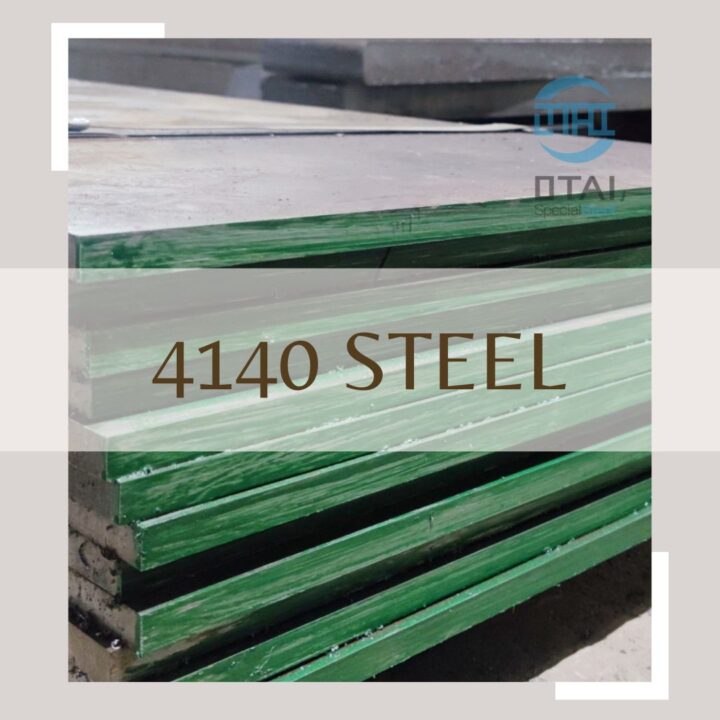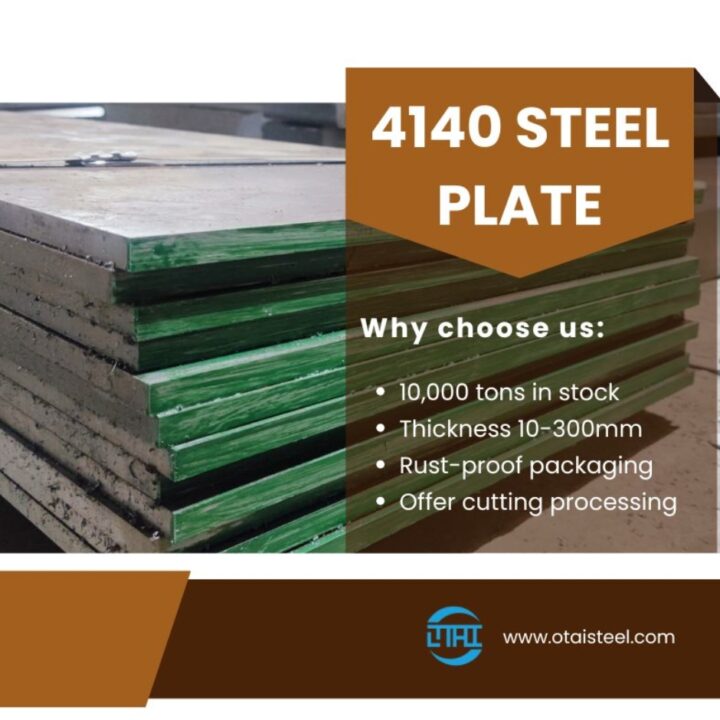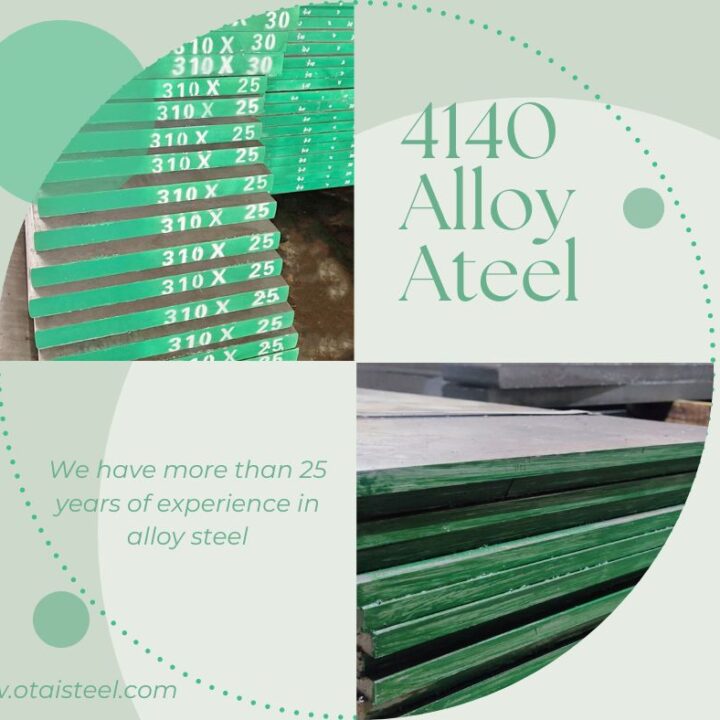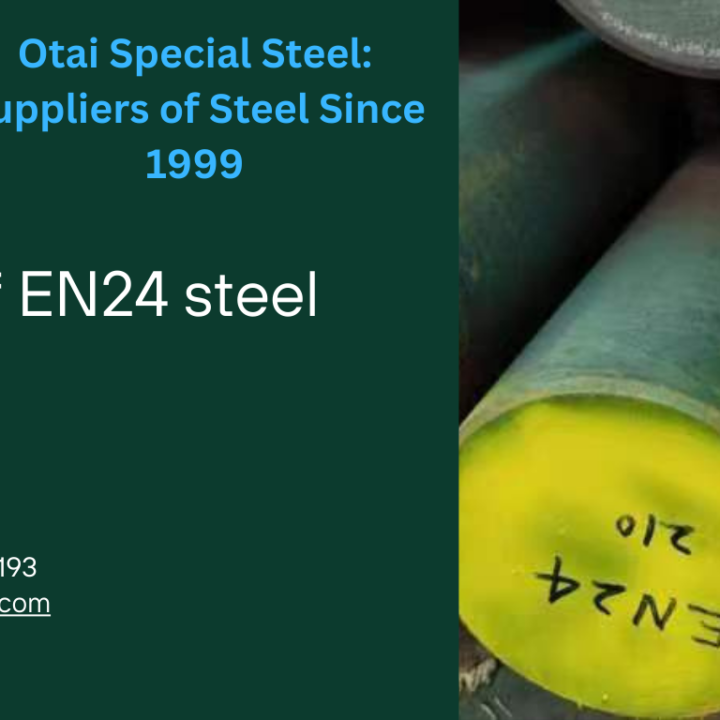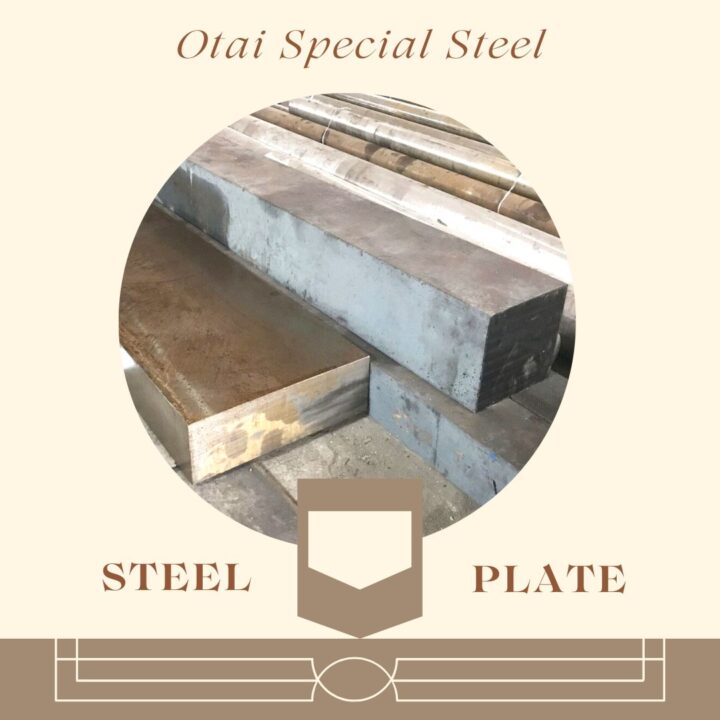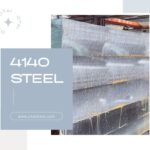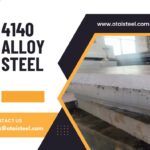Heat treatment is a key process for optimizing the strength and toughness of 4140 steel.
4140 steel is a low alloy steel commonly used in applications that require high strength and toughness, such as machinery and equipment manufacturing.
The heat treatment process involves heating the steel to a specific temperature. Holding it at that temperature for a period of time, and then cooling it at a controlled rate.
The first step in the heat treatment process is to heat the steel to a temperature of about 800 ° C to 850 ° C.
This is called the austenitizing temperature, which is the temperature at which steel transforms into an austenitic crystal structure.
Once the steel reaches the austenitizing temperature, it is held at that temperature for a period of time to allow the complete transformation of the crystal structure.
The length of time steel remains at the austenitizing temperature depends on the thickness of the steel and the required properties.
After the steel is maintained at the austenitizing temperature, it is cooled at a controlled rate to a temperature of about 500 ° C to 550 ° C.
This process, known as quenching, is crucial to achieving the strength and toughness properties required for steel.
Care must be taken in quenching to avoid cracking or warping of the steel.
After quenching, steel is tempered at a lower temperature, typically around 150 ° C to 200 ° C.
This process helps to reduce the brittleness of the steel and improve its toughness while still maintaining its strength.
The length of time the steel is tempered depends on the required properties.
In summary, heat treatment is a key process for optimizing the strength and toughness of 4140 steel.
It involves heating the steel to the austenitizing temperature, maintaining it at that temperature, and quenching at a controlled rate. And then tempering it at a lower temperature.
Proper heat treatment can make steel both strong and tough, making it an ideal choice for demanding applications. (Heat treatment of 4140 steel)
